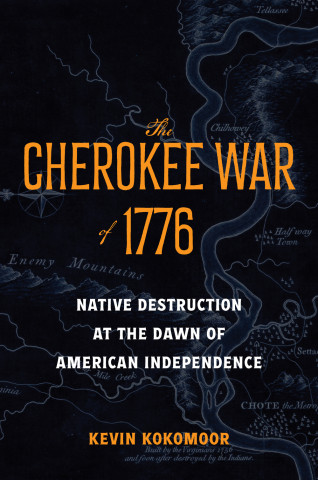
Reviews
This succinct and sensible history shows how fear of 'Reds' was linked in the nineteenth century to the destabilizing impact of industrialization and in the twentieth century to perceptions of global insecurity. An excellent concluding chapter explains the fading of anticommunism since the days of Senator Joseph McCarthy.
Fair-minded and dispassionate... Ends with a detailed bibliographic essay which is a thorough and valuable addition to the literature for those studying the movement of ideas in American life. Graduate students casting about for a dissertation topic could well find the essay a rewarding exercise.
Book Details
Editor's Foreword
Preface
Part I. The Red Menace in Industrial America
Chapter 1. An Ambiguous Legacy (1830-1870)
Chapter 2. The Specter Emerges (1870-1900)
Chapter 3. The Antianarchist Offensive (1900
Editor's Foreword
Preface
Part I. The Red Menace in Industrial America
Chapter 1. An Ambiguous Legacy (1830-1870)
Chapter 2. The Specter Emerges (1870-1900)
Chapter 3. The Antianarchist Offensive (1900-1918)
Chapter 4. The Big Red Scare (1918-1920)
Chapter 5. One Hundred Percent Americanism (1920-1929)
Part II. The Red Menace in Global America
Chapter 6. The Red Menace Reaches Washington (1929-1938)
Chapter 7. From Popular Front to Communist Front (1938-1948)
Chapter 8. The Republican Offensive (1948-1952)
Chapter 9. The Anticommunist Consensus (the1950s)
Chapter 10. The Ebbing of Anticommunism?
Bibliographical Essay
Index





